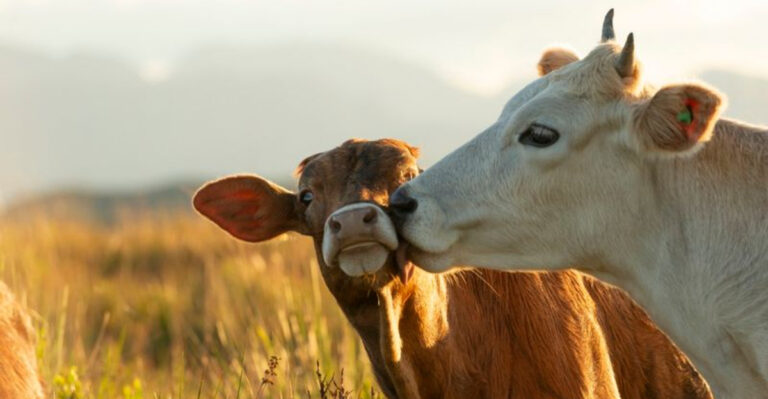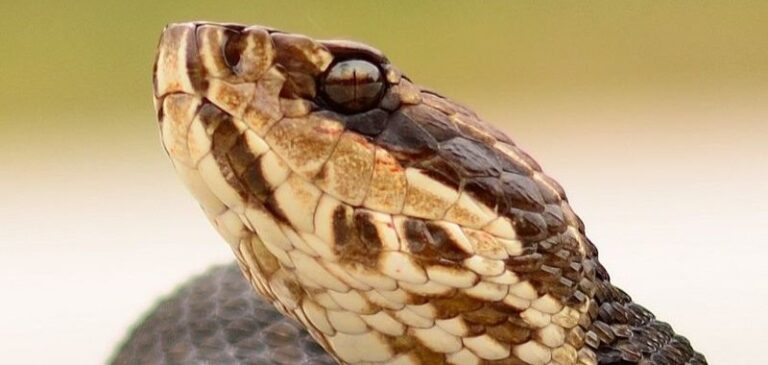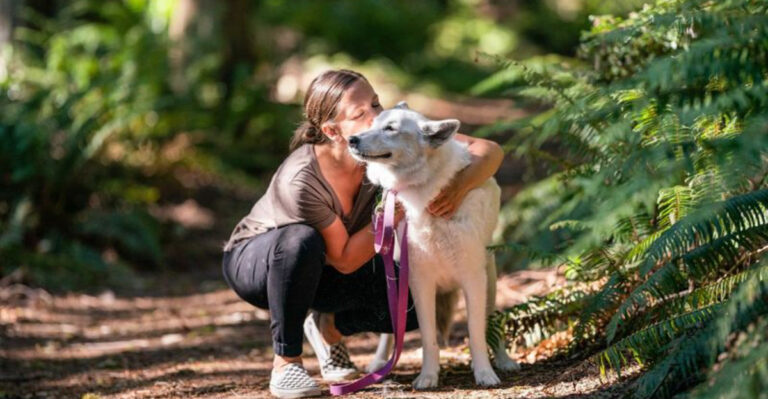13 Largest Mammals In U.S. National Parks (Biggest In Size And Numbers)
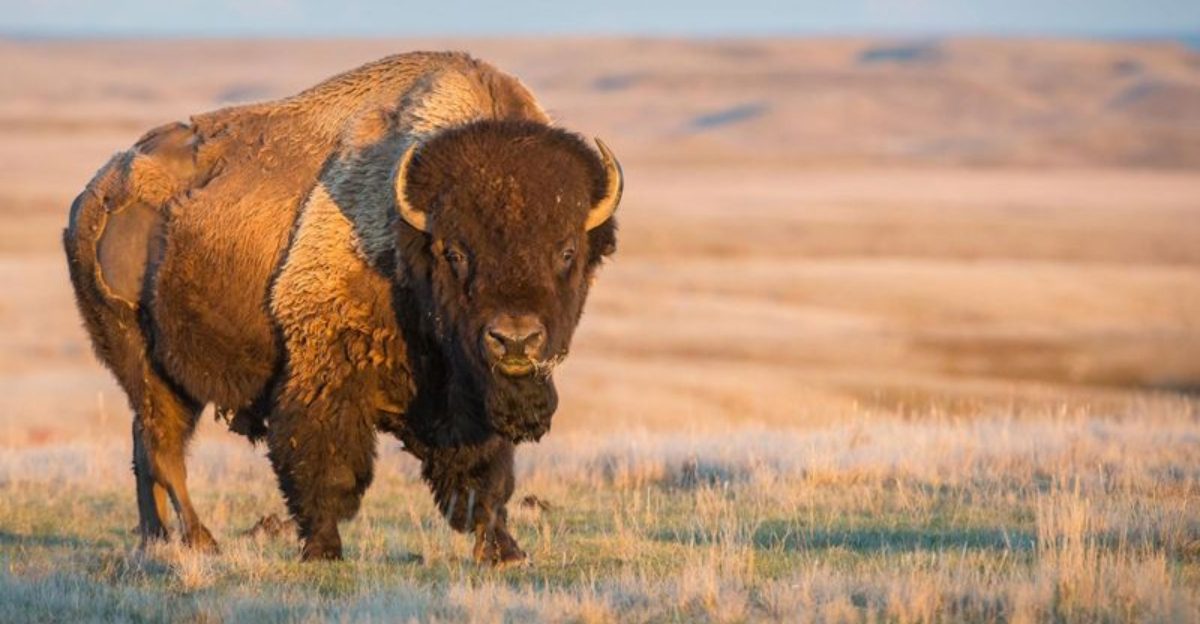
The vast wilderness of Western national parks serves as home to some of North America’s most impressive mammals.
From the thundering herds of bison in Yellowstone to solitary mountain lions stalking the remote canyons, these parks protect vital habitats for creatures both massive in size and significant in numbers.
Exploring these parks offers wildlife enthusiasts unparalleled opportunities to witness these magnificent animals in their natural settings.
1. American Bison

Weighing up to 2,000 pounds, these woolly behemoths rule Yellowstone’s grasslands as living symbols of the American West. Their massive shoulder humps and shaggy beards create an unmistakable silhouette against the park’s open valleys.
Yellowstone hosts North America’s largest public bison herd, with over 5,400 animals split between northern and central herds. These resilient creatures survived near-extinction and now thrive, demonstrating remarkable adaptability through harsh mountain winters.
2. Northern Elephant Seal

Bulls stretch an impressive 15 feet long and tip the scales at 5,000 pounds, making them the heaviest pinnipeds in Western parks. Their bizarre trunk-like snouts and dramatic breeding battles create unforgettable wildlife spectacles.
Channel Islands National Park transforms into a elephant seal nursery each winter. Beaches disappear beneath blankets of blubbery bodies as approximately 50,000 seals gather to birth pups and mate, creating a cacophony of bellows and barks.
3. Elk

Crowned with magnificent antlers spanning five feet, bull elk command attention across Western parklands. Their haunting autumn bugling echoes through valleys, announcing the rut with primal intensity that stops visitors in their tracks.
Yellowstone’s summer population swells to nearly 20,000 elk across multiple herds. These graceful ungulates provide the backbone of the park’s predator-prey relationships, sustaining wolves, bears, and mountain lions while transforming meadow ecosystems through their grazing patterns.
4. Moose
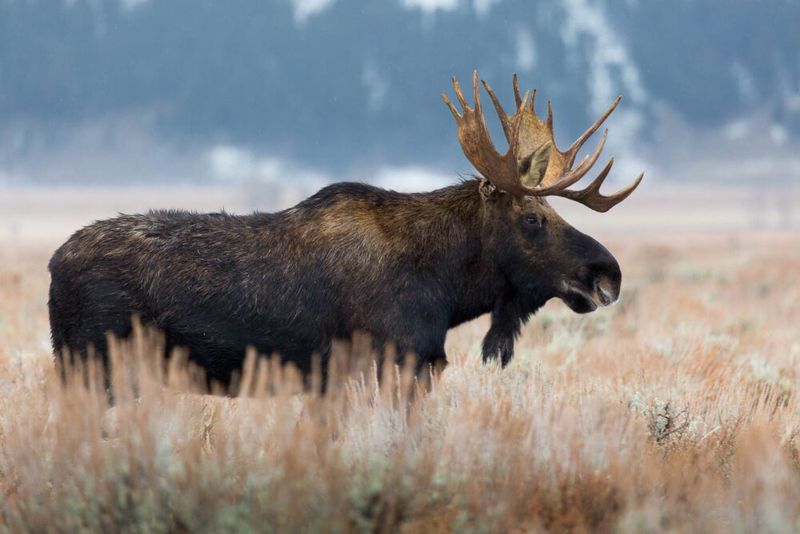
Standing nearly eight feet tall, moose navigate northern parks with surprising stealth despite their enormous frames. Their distinctive drooping muzzles and palm-shaped antlers create an almost prehistoric silhouette in misty river valleys.
Grand Teton’s willow flats provide perfect habitat for these solitary browsers. Unlike herd animals, moose prefer isolation, making each encounter feel like a privileged glimpse into their secretive world among the wetlands and forest edges.
5. Grizzly Bear
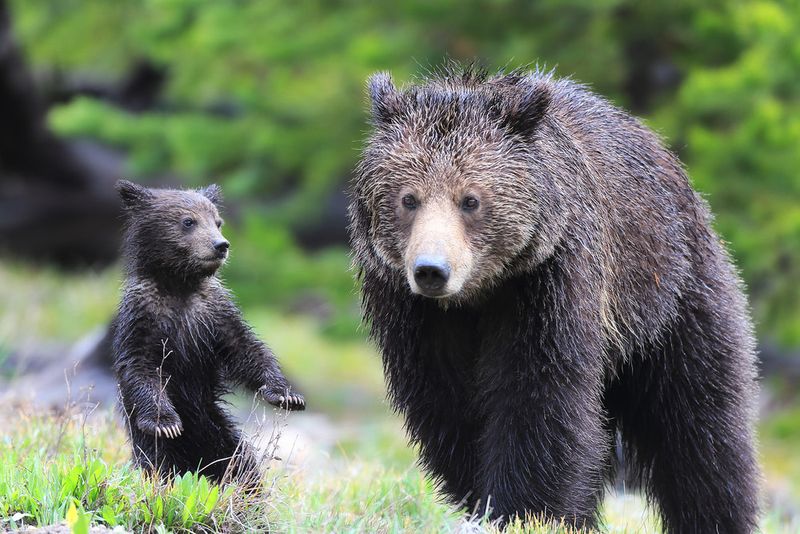
Few creatures command respect like a 700-pound grizzly foraging through Yellowstone’s Lamar Valley. Their distinctive shoulder humps and dish-shaped faces signal raw wilderness power that shaped indigenous cultures and continues to captivate visitors.
Glacier National Park offers North America’s densest grizzly population outside Alaska. These intelligent omnivores follow seasonal food patterns, digging alpine bulbs in spring, chasing cutthroat trout in summer, and gorging on berries before winter’s long sleep.
6. American Black Bear
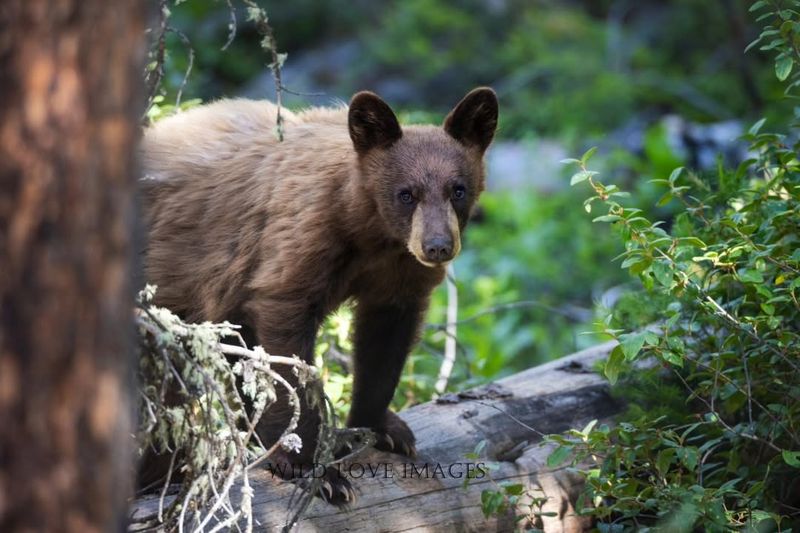
Yosemite’s black bears actually showcase cinnamon, blonde, and chocolate coats alongside traditional black. Their remarkable climbing abilities allow them to scale trees with surprising agility despite weighing up to 350 pounds.
Sequoia National Park’s giant forests shelter hundreds of these adaptable omnivores. More numerous than their grizzly cousins, black bears demonstrate remarkable intelligence, solving complex puzzles to access food and adapting to diverse habitats from coastal rainforests to mountain meadows.
7. Mountain Goat

Glacier National Park’s signature species defies gravity on sheer cliff faces that would terrify human climbers. Their specialized hooves feature soft inner pads for grip and hard outer edges for digging into microscopic ledges.
Weighing up to 300 pounds, these stocky white climbers gather in impressive numbers along Glacier’s high country. Logan Pass visitors often spot dozens scrambling across seemingly impossible terrain, their thick white coats contrasting dramatically against dark rock faces.
8. Bighorn Sheep

Male bighorns carry massive curved horns weighing up to 30 pounds, sometimes comprising 10% of their total body weight. These incredible headpieces serve as battering rams during spectacular mating battles that echo through canyons with thunderous cracks.
Yellowstone’s northern range supports hundreds of these nimble climbers. Specialized split hooves allow them to navigate precarious ledges with astonishing confidence, while their keen vision spots predators from extraordinary distances across open terrain.
9. Mountain Lion
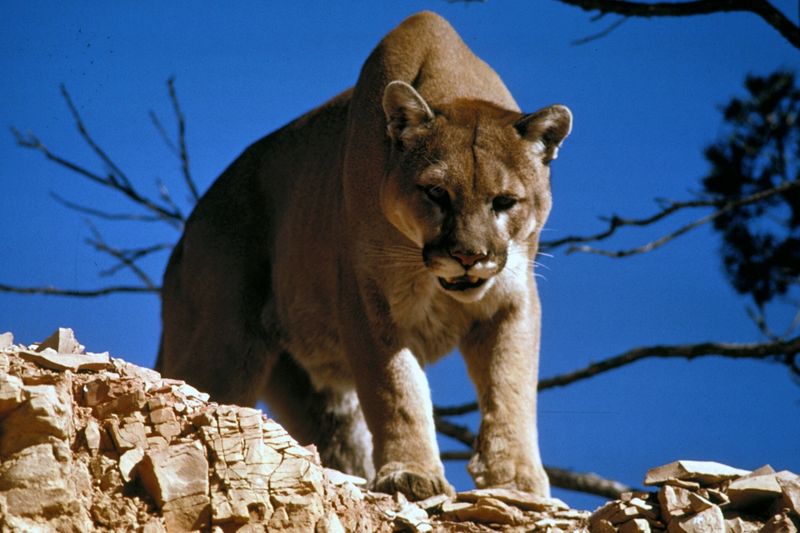
America’s largest wild cat prowls Western parks with supernatural stealth, rarely glimpsed despite impressive numbers. These solitary hunters can leap 40 feet horizontally and 15 feet vertically from a standstill, capabilities that make them extraordinary ambush predators.
Yosemite harbors dozens of these tawny hunters across its diverse terrain. Each adult maintains a territory spanning up to 100 square miles, marking boundaries with carefully placed scrapes and pursuing prey ranging from mice to elk.
10. Gray Wolf
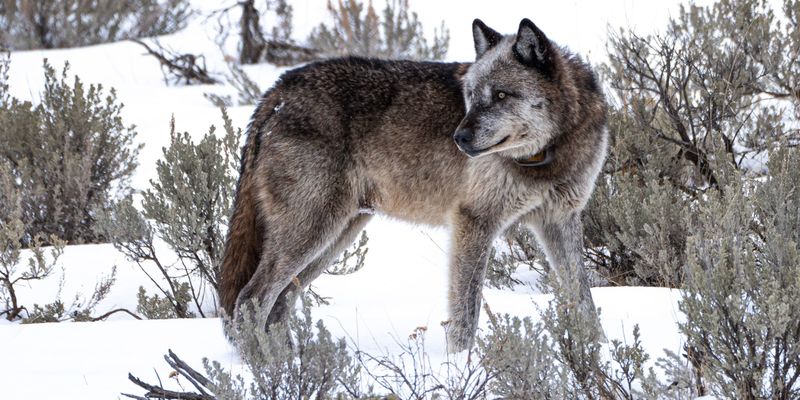
Yellowstone’s wolf reintroduction represents one of conservation’s greatest success stories. From 14 Canadian wolves released in 1995, over 100 now roam the park in established packs, transforming the ecosystem through trophic cascades.
These intelligent canids weigh up to 130 pounds and operate in highly structured family groups. Lamar Valley has become world-famous for wolf watching, where lucky visitors witness coordinated hunts showcasing communication so sophisticated it borders on strategic planning.
11. Mule Deer

Named for their oversized ears that swivel independently like radar dishes, mule deer navigate Western parks with a distinctive bouncing gait called stotting. This unique four-legged bounce allows them to cover rough terrain quickly and unpredictably when fleeing predators.
Grand Canyon’s North Rim hosts hundreds of these adaptable browsers. Bucks grow impressive forked antlers that they shed and regrow annually, while their specialized digestive systems allow them to process vegetation too tough for many other herbivores.
12. Pronghorn
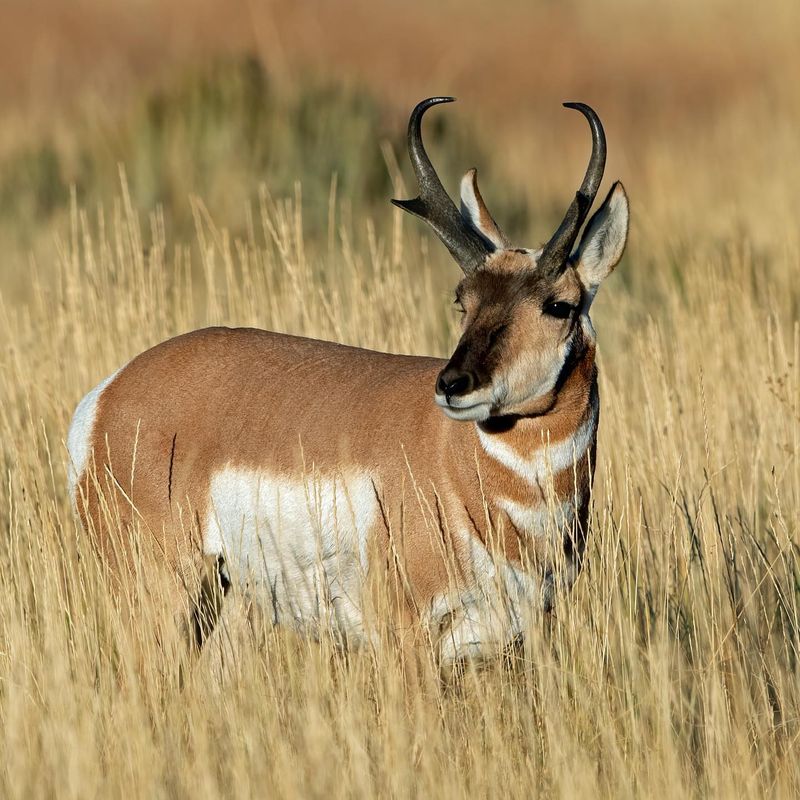
Often mistakenly called antelope, pronghorns evolved their extraordinary speed to escape American cheetahs that went extinct 12,000 years ago. They can sustain 35 mph for miles and sprint at 60 mph, making them the second-fastest land animal on Earth after the African cheetah.
Grand Teton’s sagebrush flats support hundreds of these tan-and-white speedsters. They undertake one of America’s longest land migrations, traveling 150 miles between summer and winter ranges through increasingly fragmented corridors.
13. Wild Horses
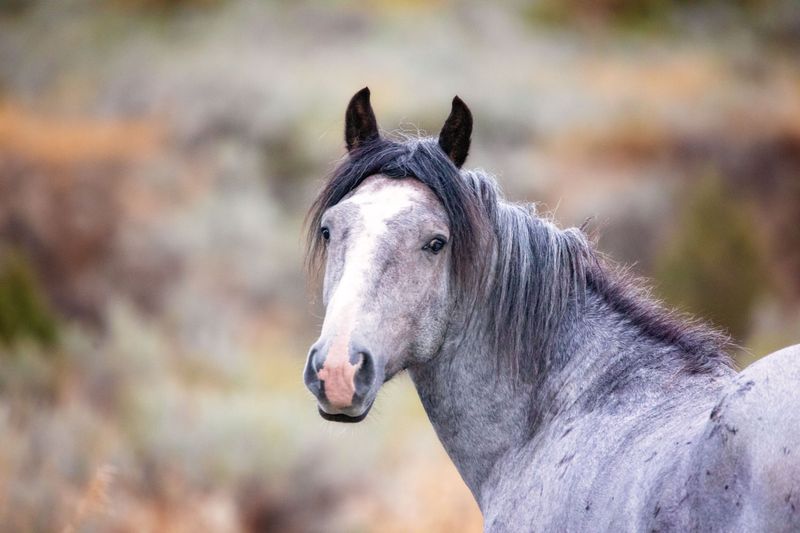
Theodore Roosevelt National Park protects approximately 200 wild horses descended from ranch stock released over a century ago. These hardy mustangs have adapted to the harsh badlands environment, developing unique bloodlines isolated from other herds.
Watching a stallion defend his band across windswept prairies connects visitors to America’s frontier past. Unlike most wildlife, these feral equines maintain complex social structures with clear hierarchies, dramatic conflicts, and lifelong bonds between certain individuals.

